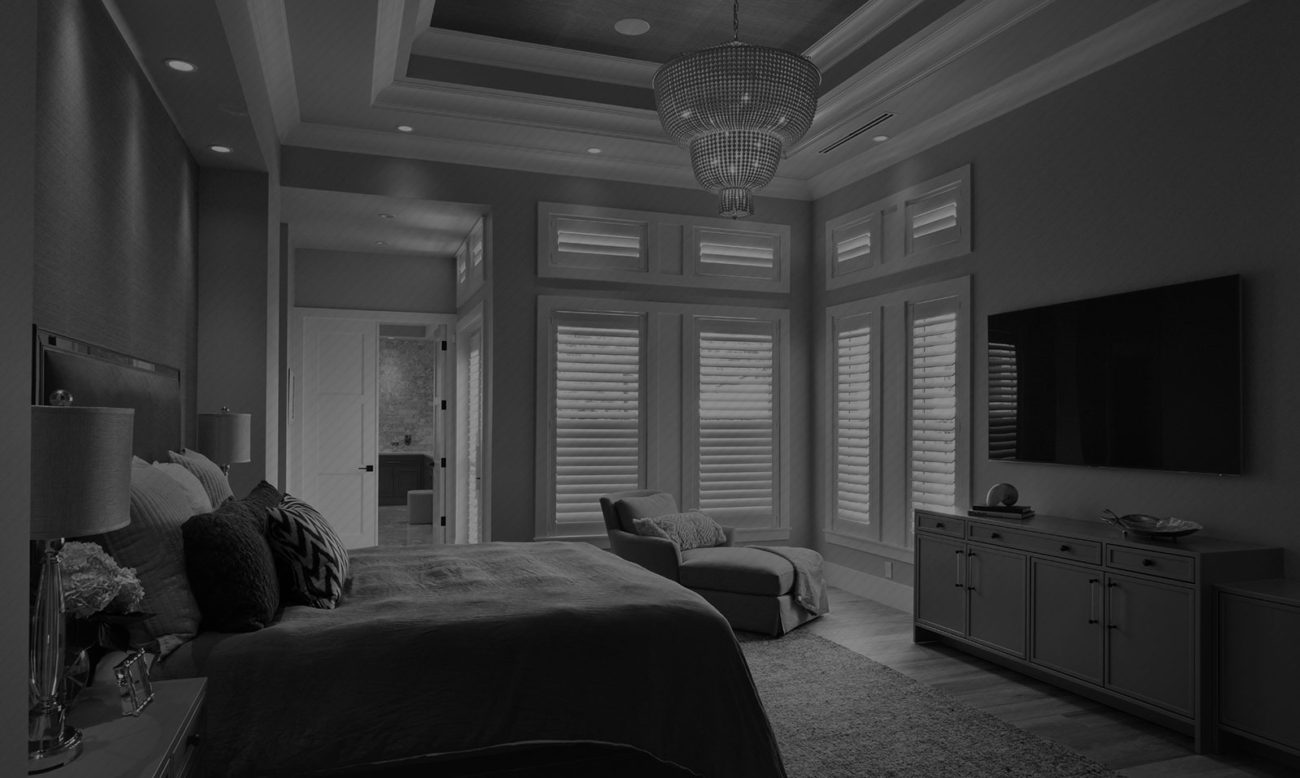Psychology of Color
Photo: Courtesy of The Paint Quality Institute
Whether it’s the soothing effect of blues and greens or the uplifting nature of yellows and oranges, paint color plays a vital role in creating the right mood in a room. Debbie Zimmer, color expert at the Paint Quality Institute, offers insight on the psychology of popular colors.
“Paint color is so powerful that it can influence our state of mind, and even our physiology,” says Zimmer. “Color psychology can help you choose paint colors that create the right mood in a room, affecting not just your own feelings, but those of everyone who enters it.”
Zimmer provides a breakdown of seven basic colors and “non-colors”:
- Blue, which often ranks at the top of surveys exploring “favorite” colors, has been shown to slow pulse rate and lower body temperature. The implications for interior painting: blue is a terrific color choice for bedrooms, but less so for dining rooms, according to Zimmer.
- Green, also one of the most popular colors, is a little more versatile. While it, too, has a soothing effect, it also represents renewal, youth, and vigor. Says Zimmer: “Because it is calming, green paint is a good color choice for bedrooms, and since it’s the color of many appetizing fruits and vegetables, it can work in dining rooms, too.”
- There’s no equivocation with red. It bespeaks energy and excitement, actually raising the blood pressure and making the heart beat faster. Because it is associated with desire and passion, it’s a perfect paint color for dining rooms and adult bedrooms, says Zimmer, but wrong for children’s rooms. Yet, ironically, pink – a very light tint of red – is one of the most calming colors, and is a fine choice for a baby’s room, she says.
- Yellow is a great interior paint color. Like sunshine, it imparts happiness, hope, and optimism. Studies have shown that the brain actually releases more seratonin when the eye takes in yellow – creating positive psychological vibes. According to Zimmer, yellow can even stir our creative juices. What better color to use in a master bath or dinette to get your day off on the right foot?
- Orange is a happy color, too. More attention-getting than yellow, orange has an energy and warmth about it. Muddy shades are useful in many parts of the home, but vivid tones may appear raw and flamboyant. Zimmer’s advice: “Orange is clearly not the color of calm, so it’s best to bypass it when painting a bedroom or any other area where you want to relax.”
- Purple is a tricky paint color wherever it’s used, but it’s the overwhelming favorite of adolescent girls, according to Zimmer. She suggests that you reserve use of this color for your daughter’s room to create a win-win situation: “Odds are, she’ll love it, and you can take comfort in purple’s proven ability to stimulate brain activity,” she says.
- No discussion of paint color would be complete without mentioning the “non-colors”, black (the absence of light, and thus, color) and white (the confluence of all the colors in the spectrum).
- According to Zimmer, black is a great accent color indoors or out, imparting elegance, formality, and sophistication to a paint color scheme. But don’t get carried away with it, she cautions. Too much black can be depressing.
- White, on the other hand, conveys peace, simplicity, and spaciousness. It can provide a crisp finish to almost any paint job by adding sharp contrast to the wall color. Used throughout a room, it can give the illusion that the space is bigger than its physical dimensions.
Source: http://www.housingzone.com/products/psychology-color-how-popular-paint-hues-affect-mood

